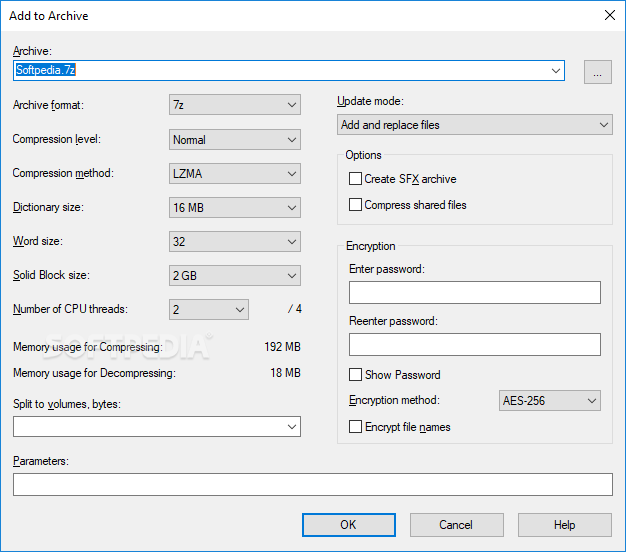

In this article, we will walk you through the simple steps to zip and unzip files and save storage on the hard drive of your computer, using the built-in ZIP functionality. You can also compress them to zip format for making them available for download on websites or via FTP servers. It is one of the most common file formats enabling you to compress files to save hard drive space, store rarely-used files, send documents and images via email or make it a lot easier to transfer or share them over the network. It is a compressed file format that can be used to compress & pack one or more files or folders together, to save disk space, as its size is smaller. I am sure that you have heard about ZIP files. There’s a lot of great no-cost options out there.

When you’re done poking around 7-Zip, check out our other picks for the best free software for your PC.
UNZIPPER FOR WINDOWS ARCHIVE
It’s completely free, has a higher compression ratio than Windows 10’s tool, allows you to encrypt and password-protect your files, and let’s you open other archive file types aside from ZIP, such as RAR, ISO, FAT, and many more. But if you’re frequently zipping and unzipping files, you should consider using a third-party tool-in particular, 7-Zip. If you rarely work with ZIP files, Windows 10’s native feature is enough. The file is then copied over to the new location. Once selected, simply click and drag the file to a new location. The file is highlighted in blue when selected. Next, click the file you want to unzip to select it.
UNZIPPER FOR WINDOWS ZIP FILE
First, locate and double-click the ZIP file to open it. If you don’t need all the files in a ZIP file, you can extract a single file from it. Once the process is complete, the unzipped files will appear in a folder in the chosen destination.ĭouble-click the unzipped file folder to access and use the files. The time it takes to extract the files depends on the size and amount of files. Windows will now begin unzipping the files.

Once selected, click the “Extract” button. Navigate to the location you’d like to extract the files and then click “Select Folder.” If you want to change it, click “Browse.”įile Explorer will open. The current location of the ZIP file will be the location selected for the extracted files by default. You’ll then be prompted to choose a destination for the extracted files. In the context menu that appears, click “Extract All.”Īlternatively, you can double-click the ZIP file to open it and then click “Extract All” in the top-right corner of File Explorer. First, locate the ZIP file and then right-click it. If the ZIP file contains a lot of files, you can unzip them all at once. If you don’t, you won’t be able to save any edits you make to that file, and installation files won’t work properly if you try to run them. You can also open the files within the ZIP file by double-clicking them.ĭo keep in mind, though, that even though you can view the files, you’ll need to unzip them before you actually use them. Now, Windows lets you take a peek inside by simply double-clicking the file-the same way you would with a folder. Back in the day, you would have had to download third-party software to do this. View what’s inside a ZIP fileīefore you start unzipping files, you may want to check out what’s in it.
UNZIPPER FOR WINDOWS WINDOWS 10
Luckily, Windows 10 has a built-in tool to do just that. But to use those files, you’ll need to unzip them. A ZIP file contains multiple compressed files inside, reduces the overall size of the files to save storage space.


 0 kommentar(er)
0 kommentar(er)
